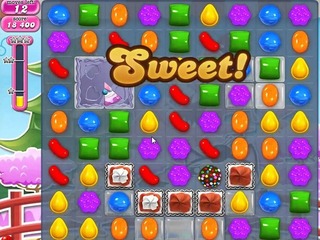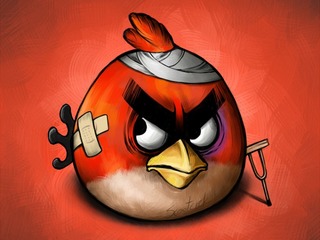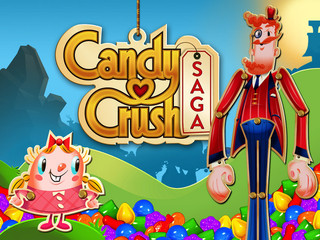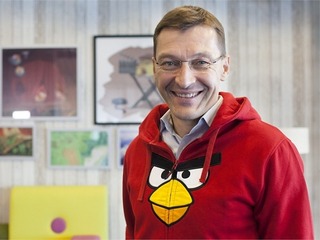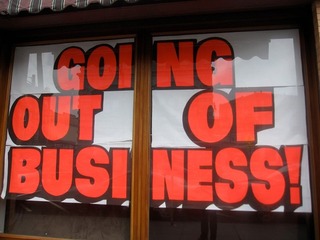How does Ginkgo Bioworks make money?
Ginkgo makes the majority of its money from the sale of its end-to-end COVID-19 testing services
Read more...
Gaming is not an easy business to thrive in, and even those that do find success usually have trouble making it last. There have numerous companies in the last few years come up with one big hit game which then had a tough time replicating it with new titles.
That's what happened with Draw Something studio OMGPOP. The game was an instant success, with 35 million downloads in its first six weeks alone. OMGPOP was bought by Zynga for $180 million in 2012 but things quickly fell apart. The Draw Something phenomenon faded quickly after the purchase, and the studio became an albatross around Zynga's neck. The studio was shut down for good a little over a year later.
Perhaps the best example of this, though, is King, the company behind the Candy Crush phenomenon. Despite not being able to find similar success with any of its other titles, the studio went public in 2014 and immediately flopped. A year and a half later, it was bought by Activision for $5.9 billion.
These example illustrate the difficulty of basing an entire company's success around one title. As successful as that one game might be, it's often not enough to hinge a company's success on, let alone an IPO.
That brings us to Rovio, the studio behind the mega hit Angry Birds series of games. Unlike OMGPOP and King, the company has not totally relied on in-game revenue to keep itself afloat, instead branching out into areas such as merchandising and content. It has still struggled to keep revenue up, though, even while attempting to diversifying its those streams.
Right now, Rovio divides its revenue into two segments: gaming and brand partnerships.
The company, which used to charge $0.99 for each game install, has since shifted to a free to play model, where the games are free to download and then users are able to make in-app purchases to enhance the game. Game revenue makes up the vast majority of the money that Rovio takes in, and that area of the business is continuing to grow. In the fourth quarter of 2017, Rovio brought in a total of 73.9 million euros, of which 66.1 million euros, or 89.5 percent, came from revenue made through its games.
The other 10.5 percent of revenue came from brand licensing, or its consumer products division, which includes plush toys and live-action slingshot games. The company has more than 400 licensees around the world, but this revenue stream declined a whopping 53.3 percent in Q4 from the same period the year before, dropping to 7.8 million euros.
Rovio has also branched out into making its own content. The company had launched its own TV animation studio, which brought in 31.3 million euros in 2016, before selling it to Kaiken Entertainment, a company led by Rovio's former CEO Mikael Hed, in March 2017. Rovio did keep its own movie studio, which was responsible for the Angry Birds Movie in 2016, which made nearly $350 million worldwide. A sequel is being produced and is expected to come out next year.
The future of Rovio's business model
While brand licencing may be declining, Rovio plans to dive into more brand partnerships going forward. In the past this has meant one-off Angry Birds games, like Angry Birds Star Wars, but the plan is to do what are known as "live integrations," where those brands will be incorporated into existing games.
For example, company recently partnered with the National Football League for integration in Angry Bird 2 and Angry Birds Evolution to coincide with the Super Bowl.
In Angry Birds 2, that means users were able to choose of any of the 32 official NFL jerseys and helmets to compete in Super Bowl-themed game levels as well as in-game competitions. In Angry Birds Evolution, the company debuted 32 NFL characters into the game, and gave players the chance to get an exclusive new bird character called the "Quarterback."
The company hopes that this will sustain interest in games.
Right now, Rovio is still struggling. The company went public on the Helsinki stock market in September, valuing it at $1 billion. On Thursday, the company issued a revenue warning, telling investors that it planned to spend more money on user acquisitions in the coming year.
"In 2018, Rovio Games business will focus on continuing development of its live game portfolio according to the Games-as-a-Service strategy, profitable user acquisition and development of new games. The user acquisition investments are expected to be around 30 percent of Games revenues for the full year, however, the amount may vary depending on development of the games' monetization and the level of competition in the market. The cost per acquired user has risen significantly in the market," the company wrote.
As a result, its stock lost over 50 percent of its value. The company's market cap sank to $391 million, around a third of where it was then the company went public. The stock was back up 1% on Friday.

Ginkgo makes the majority of its money from the sale of its end-to-end COVID-19 testing services
Read more...GE Healthcare, which went public after spinning-off, makes most of its revenue from imaging products
Read more...The company makes most of its money through the sale of its Health Monitoring System
Read more...